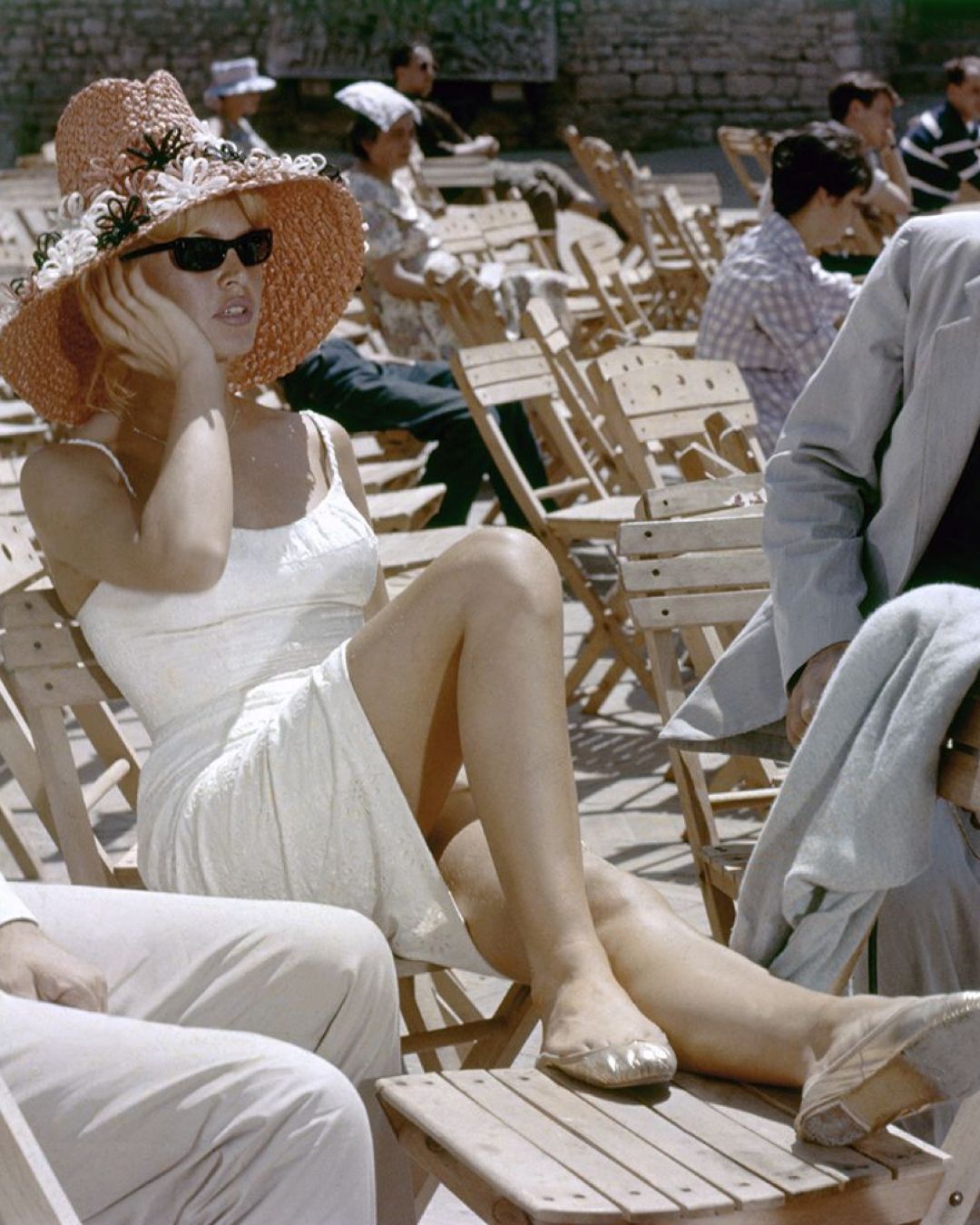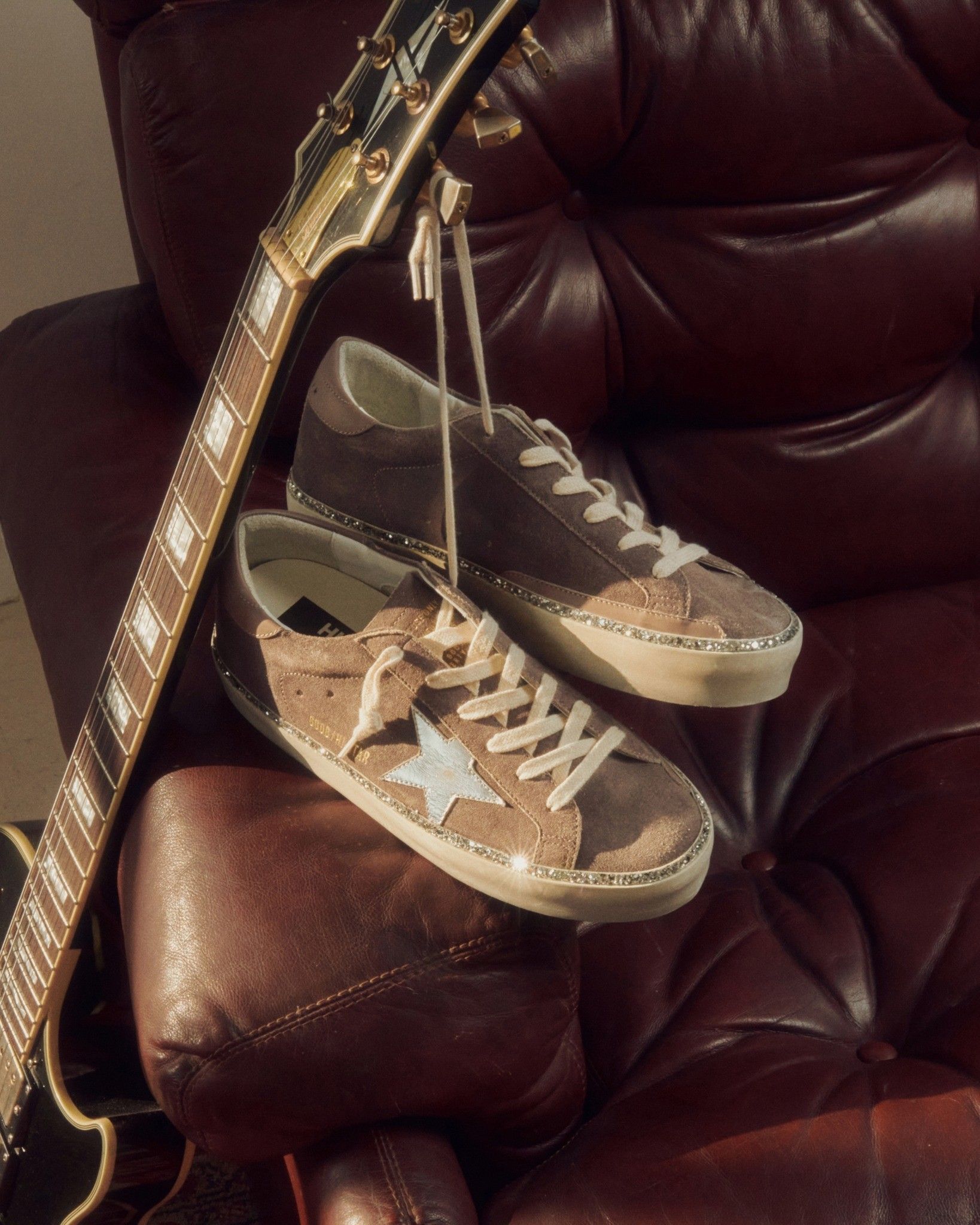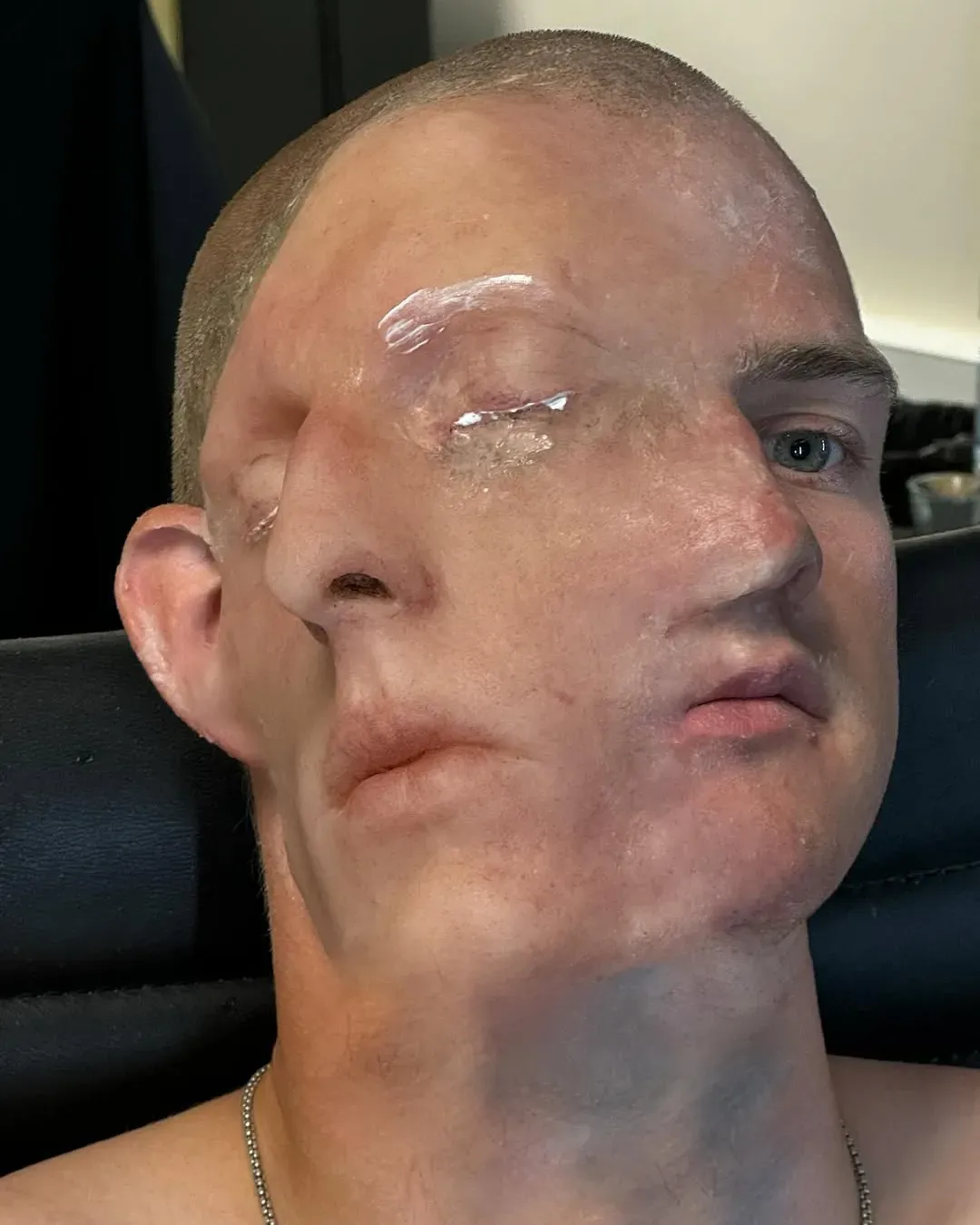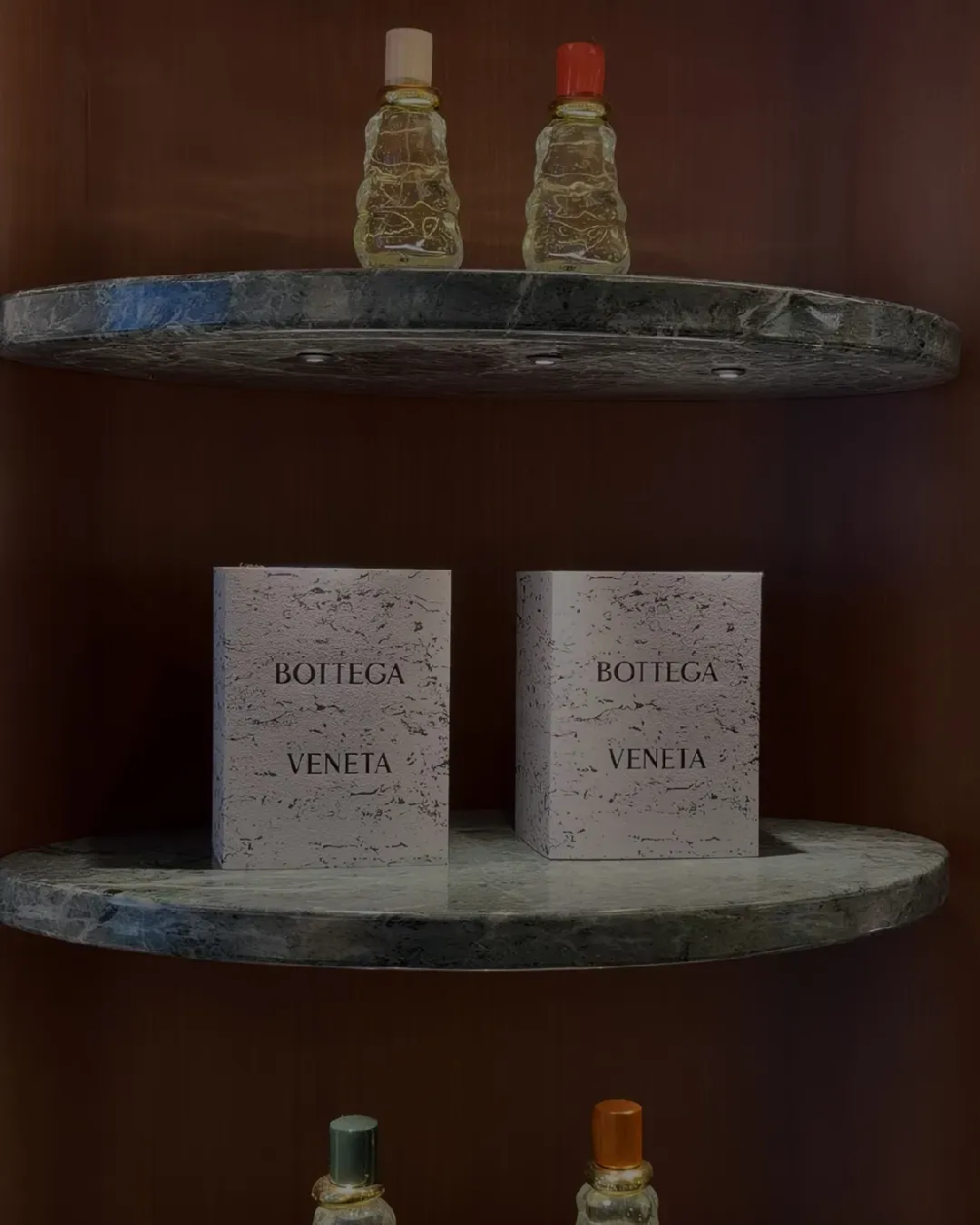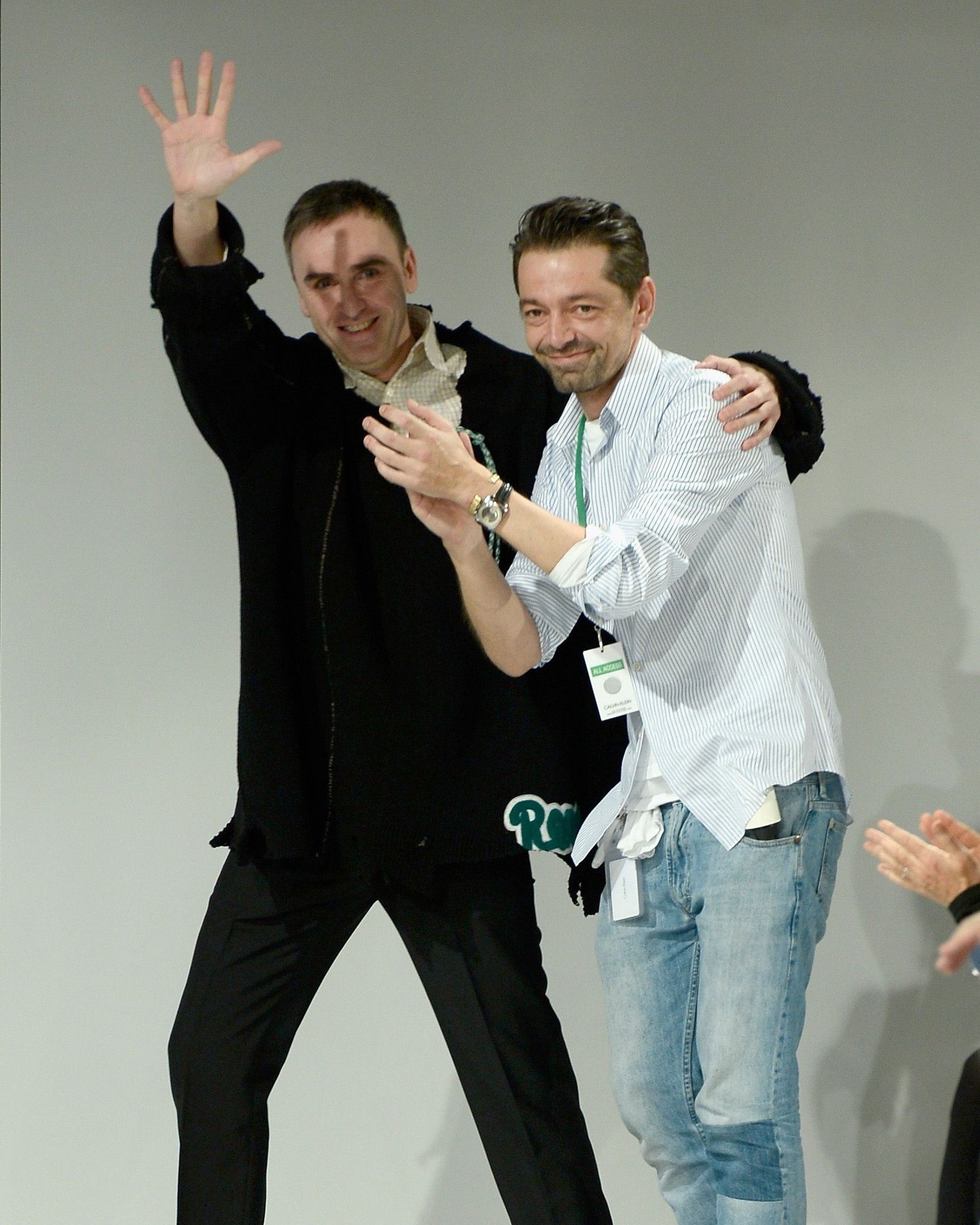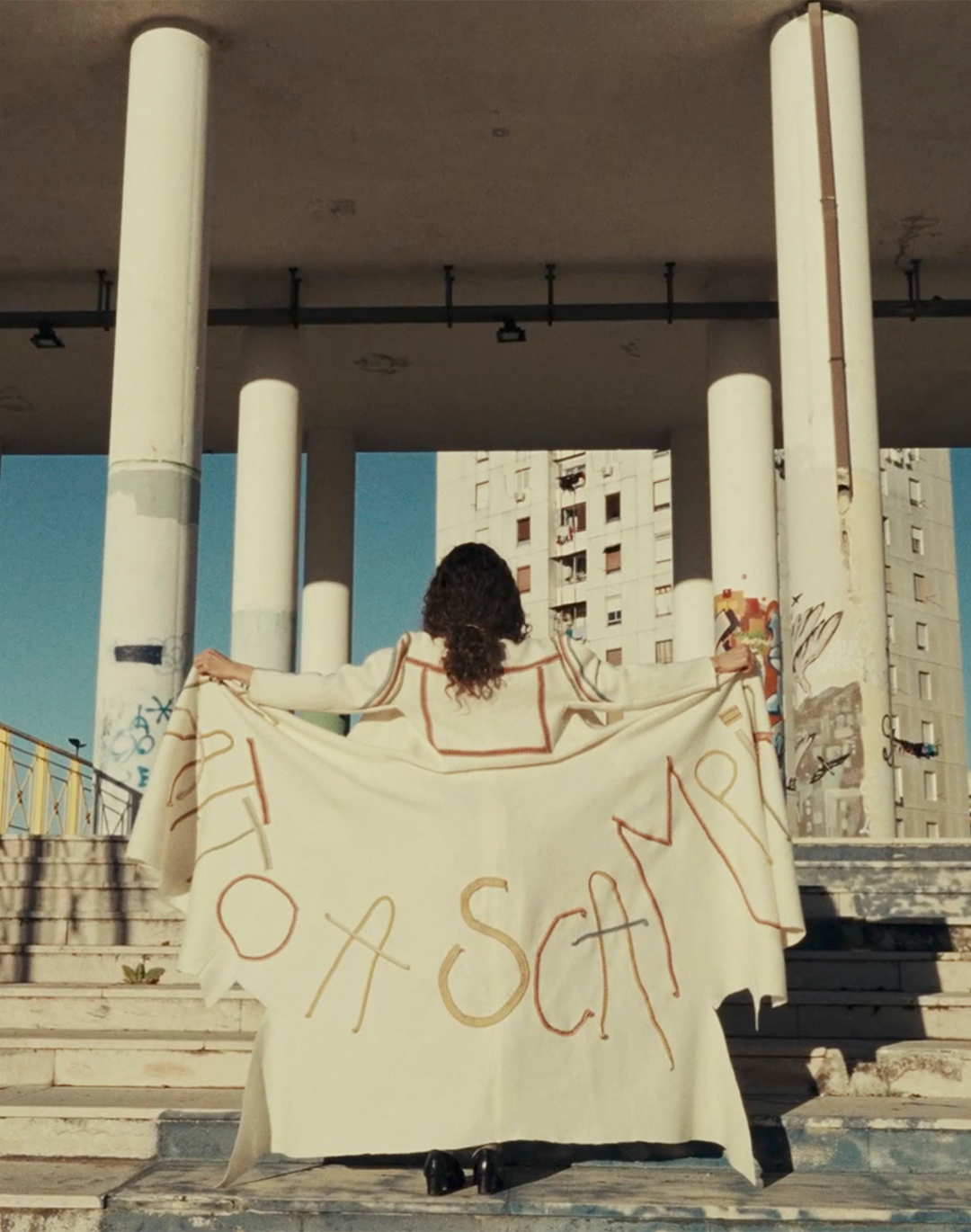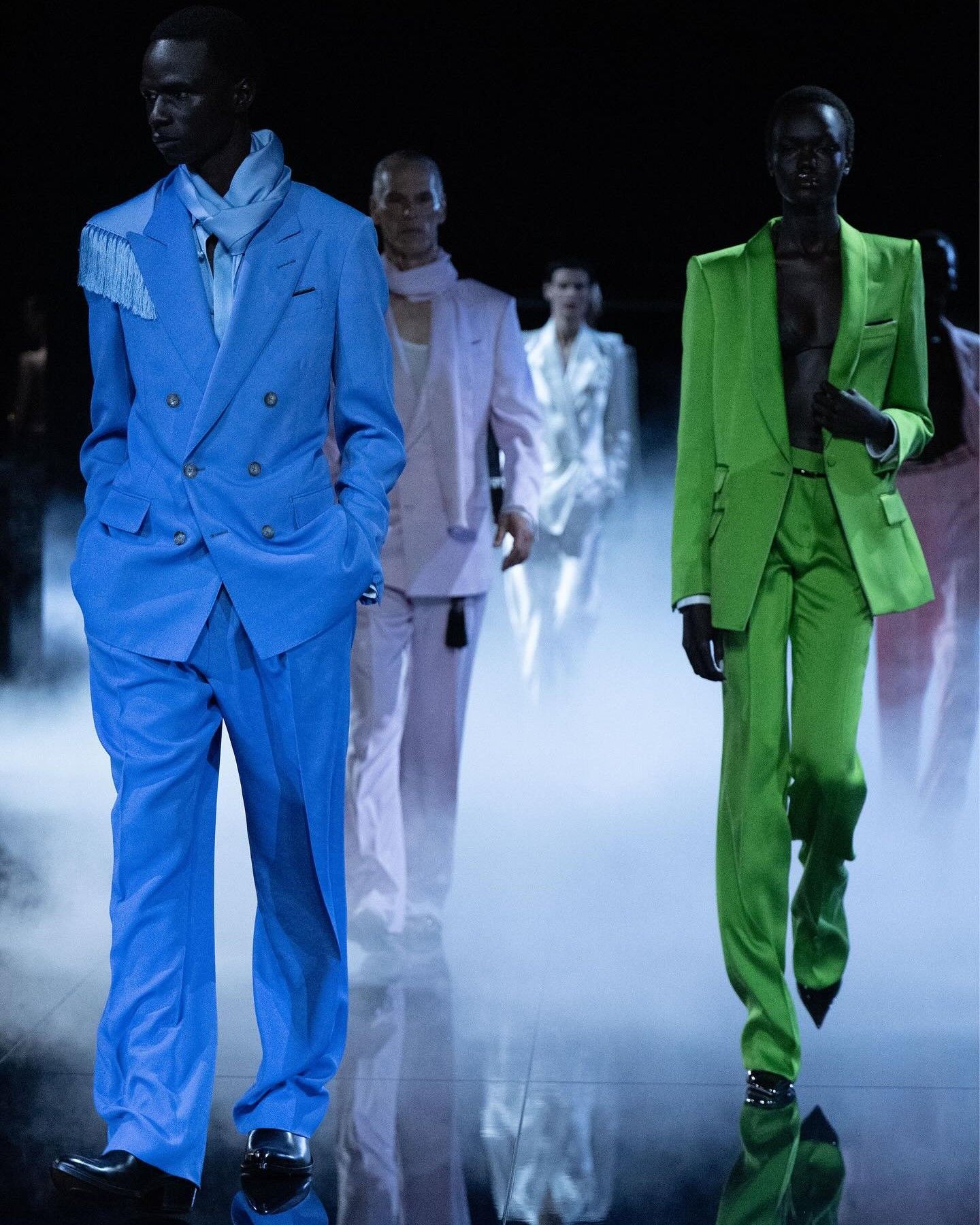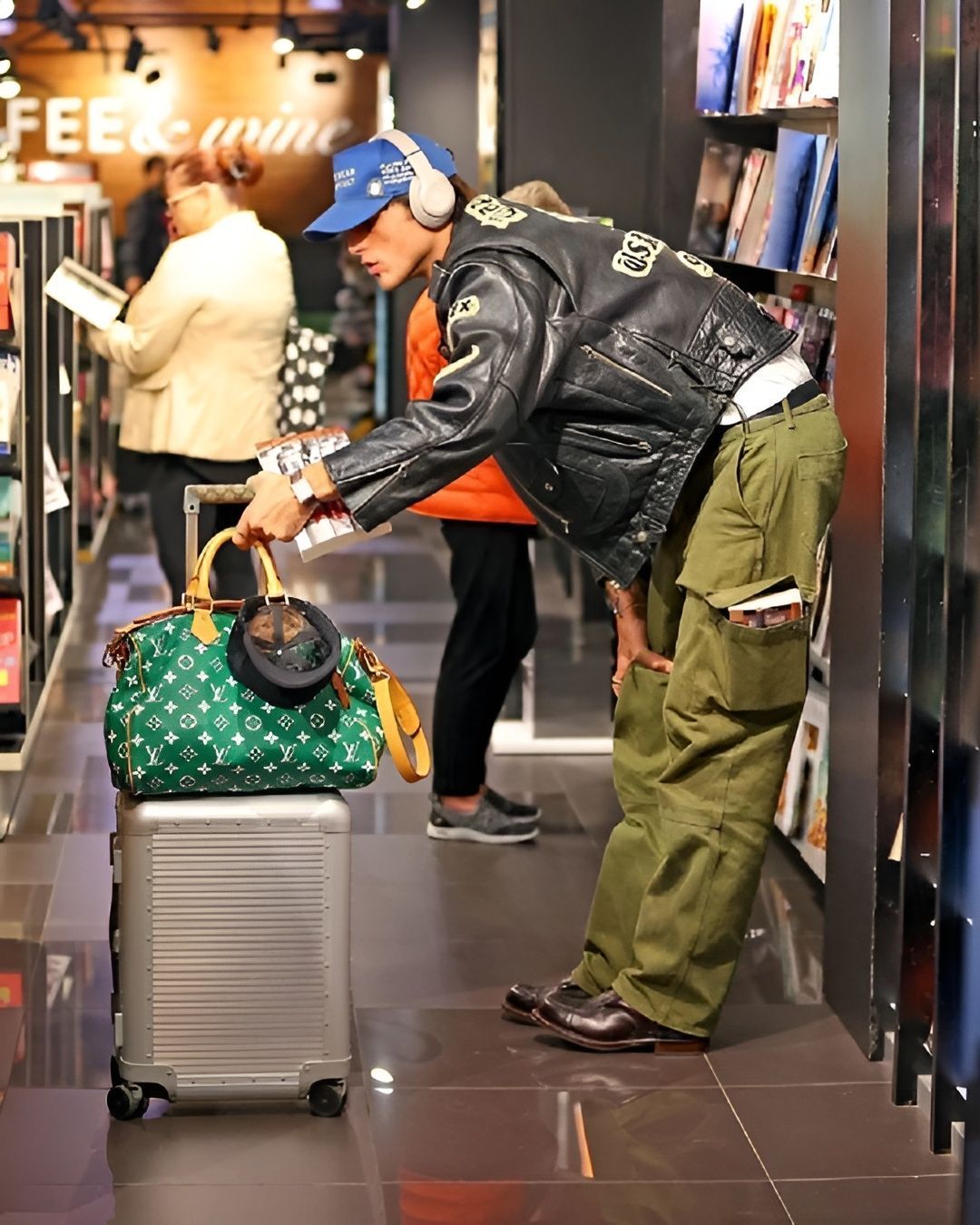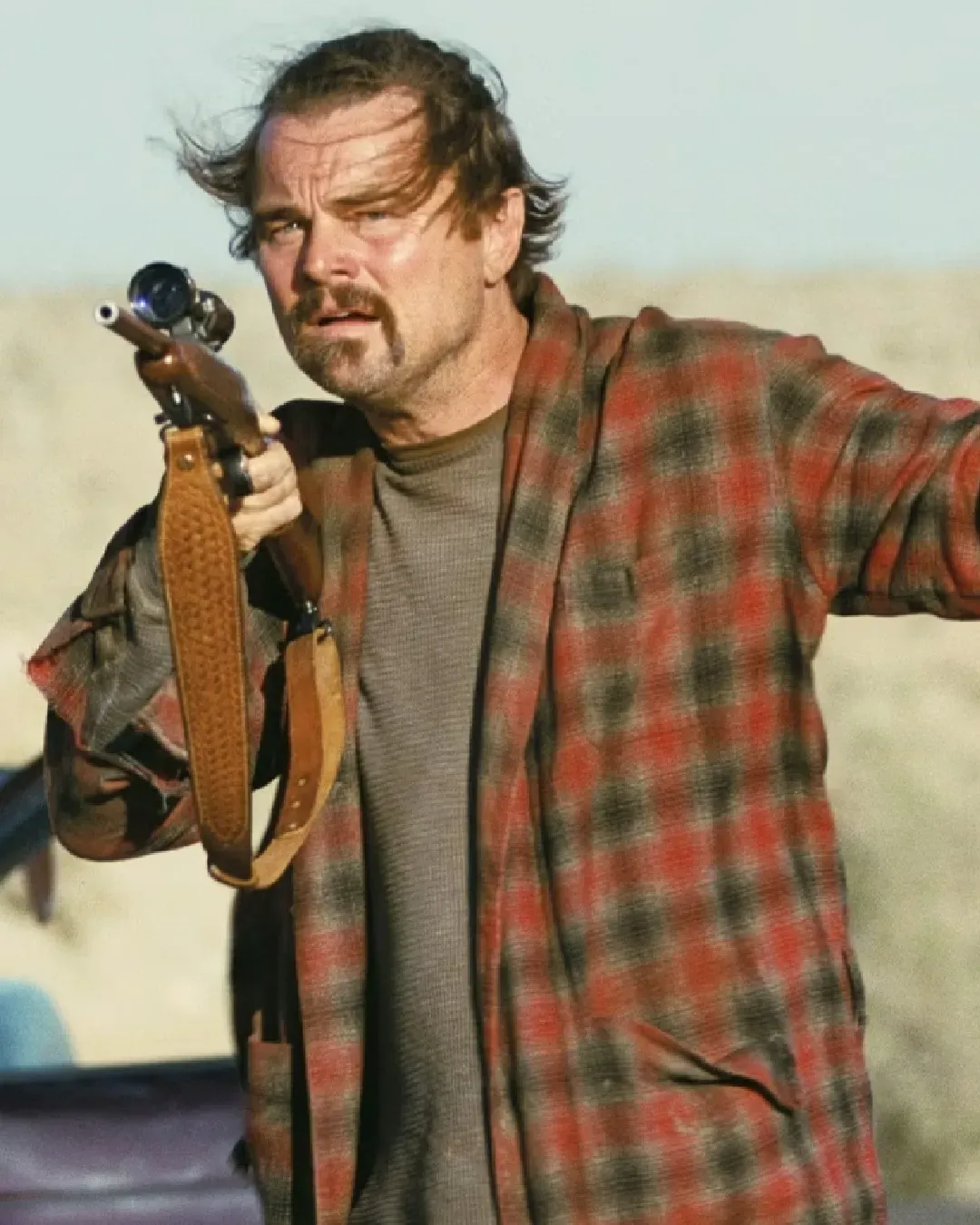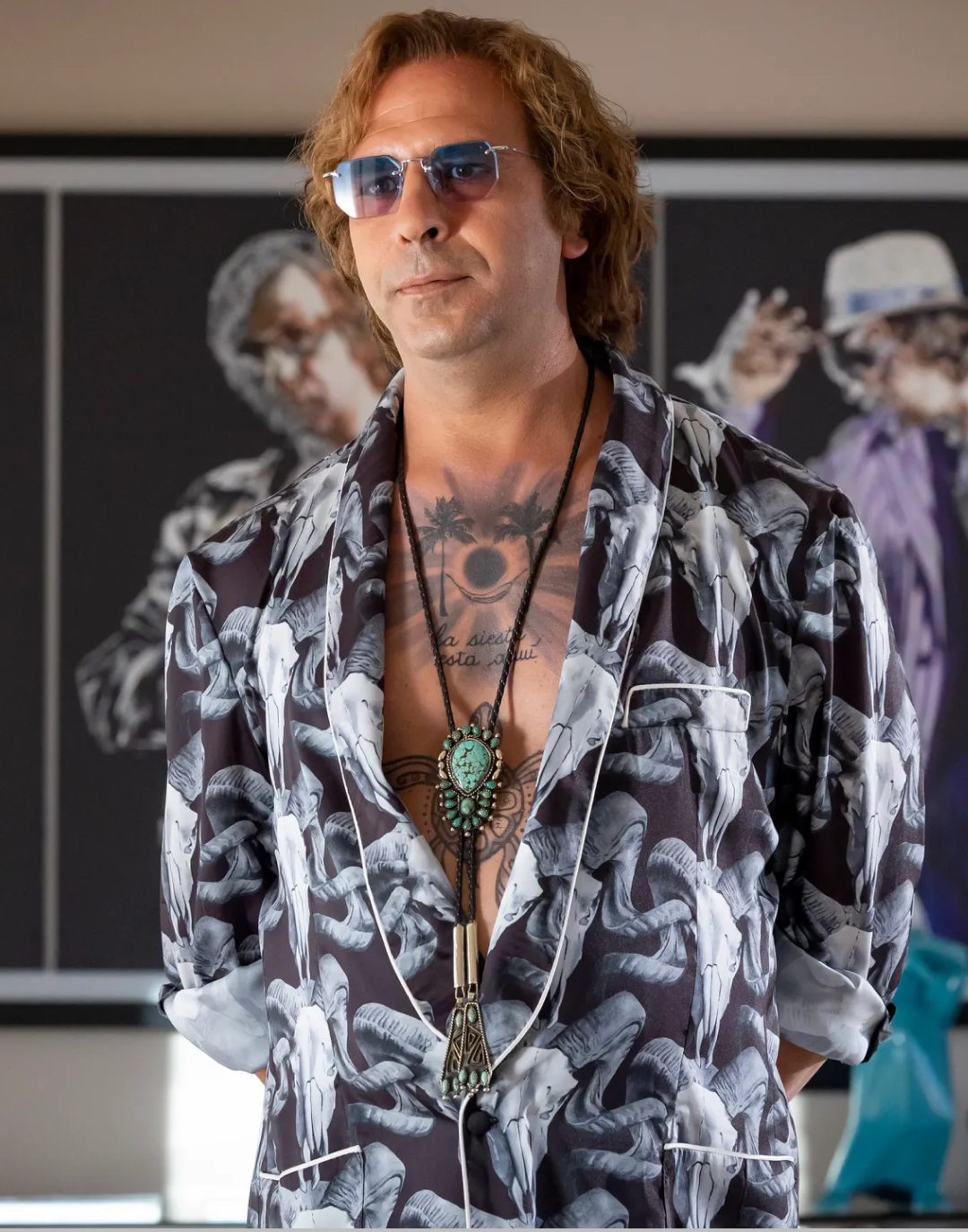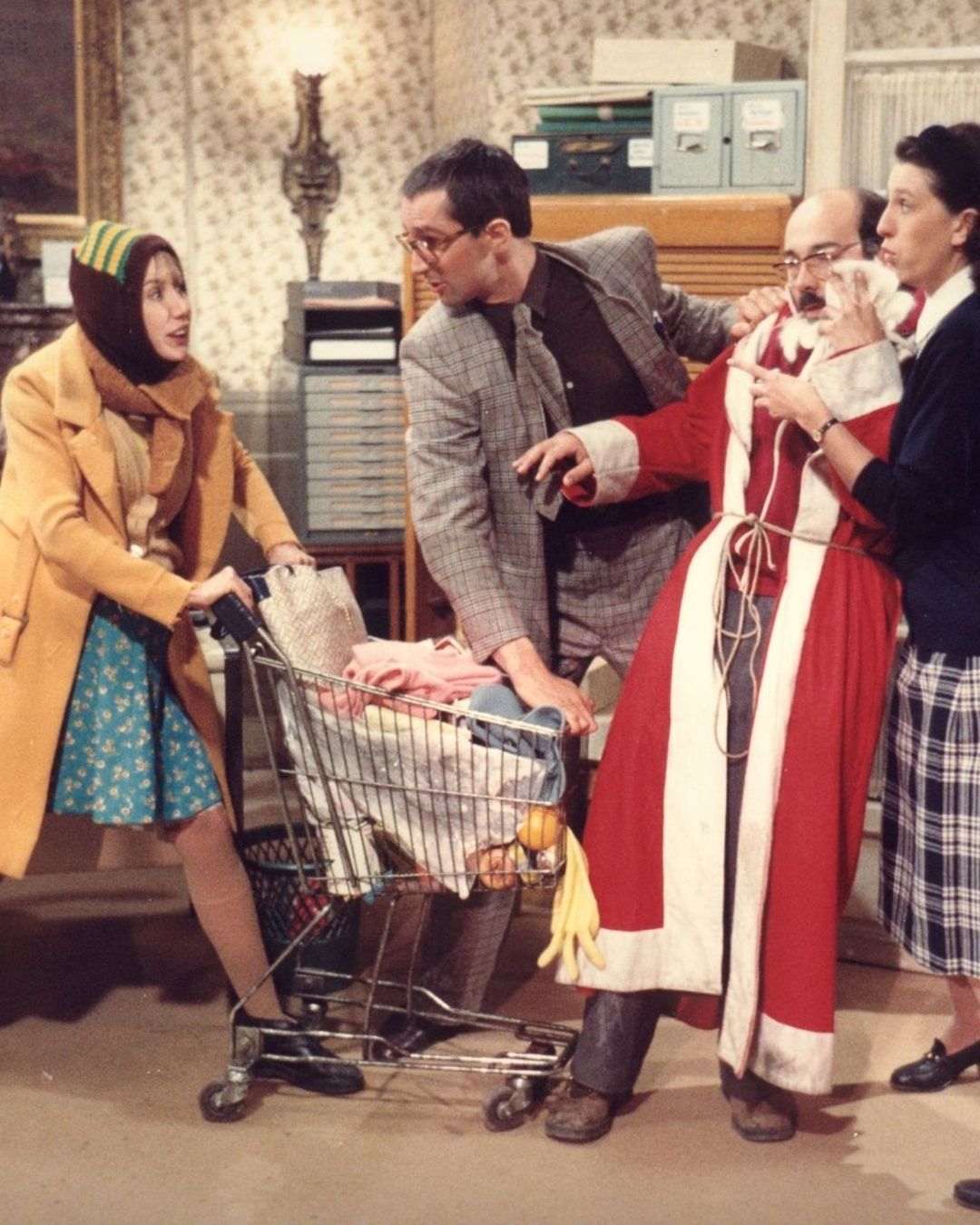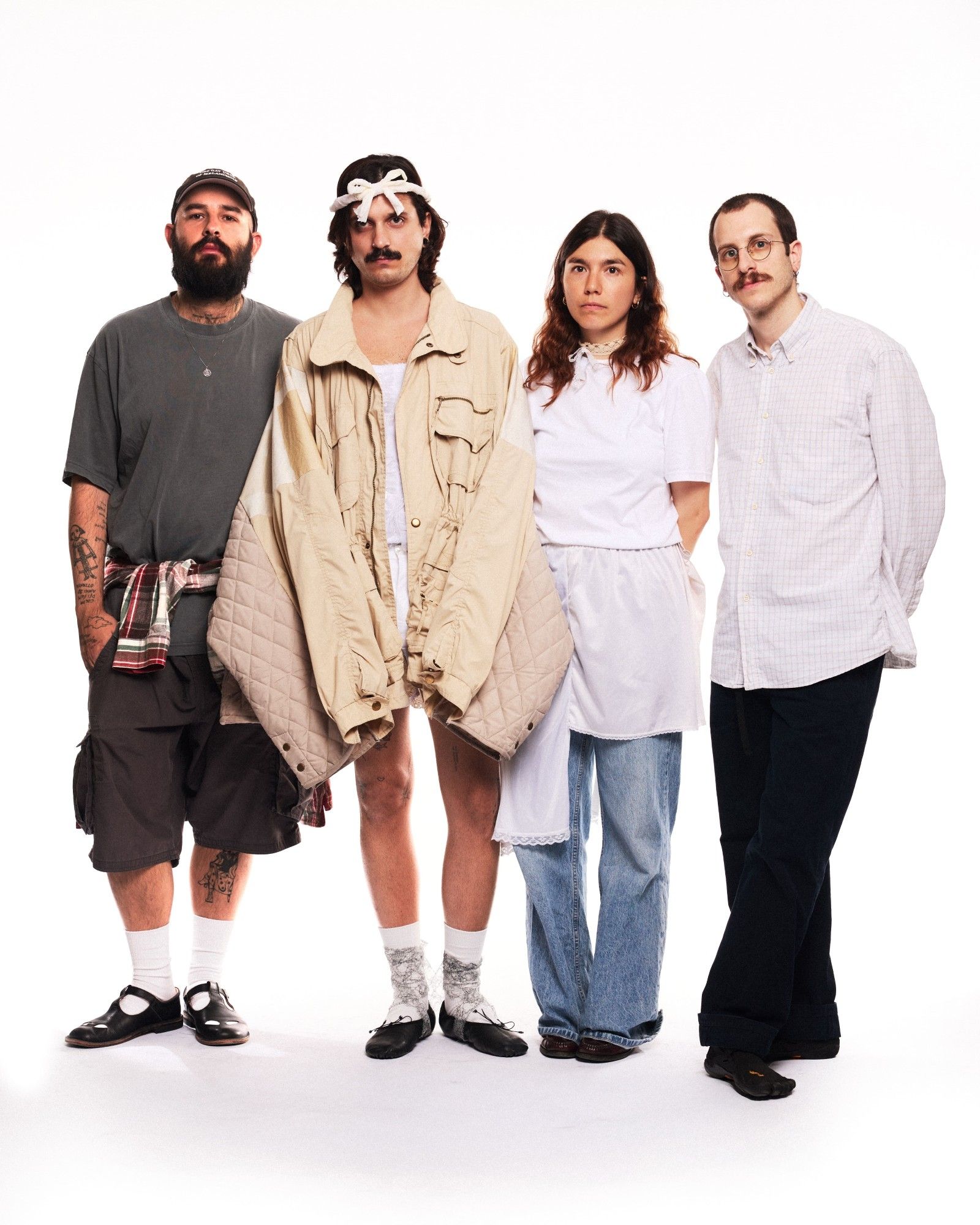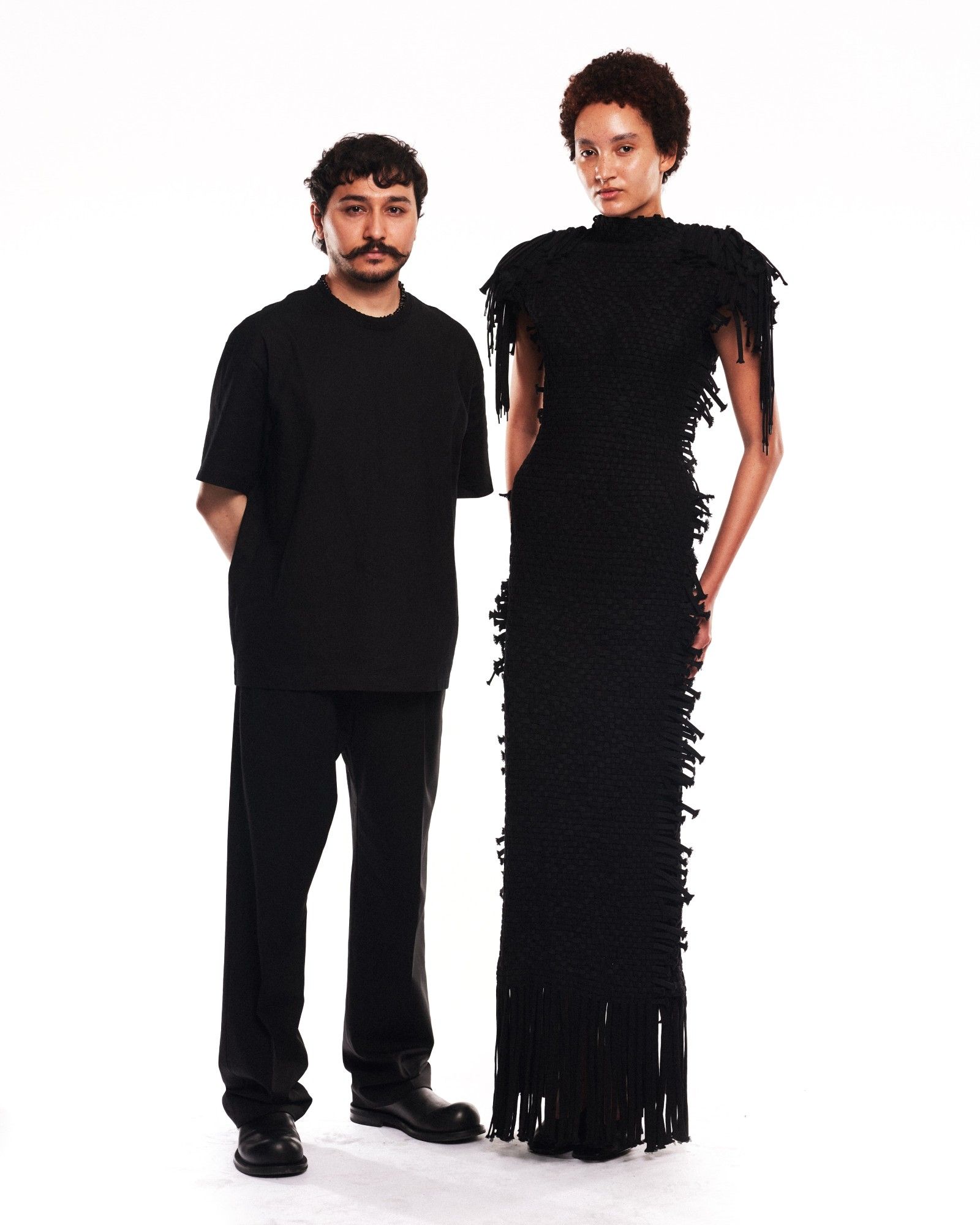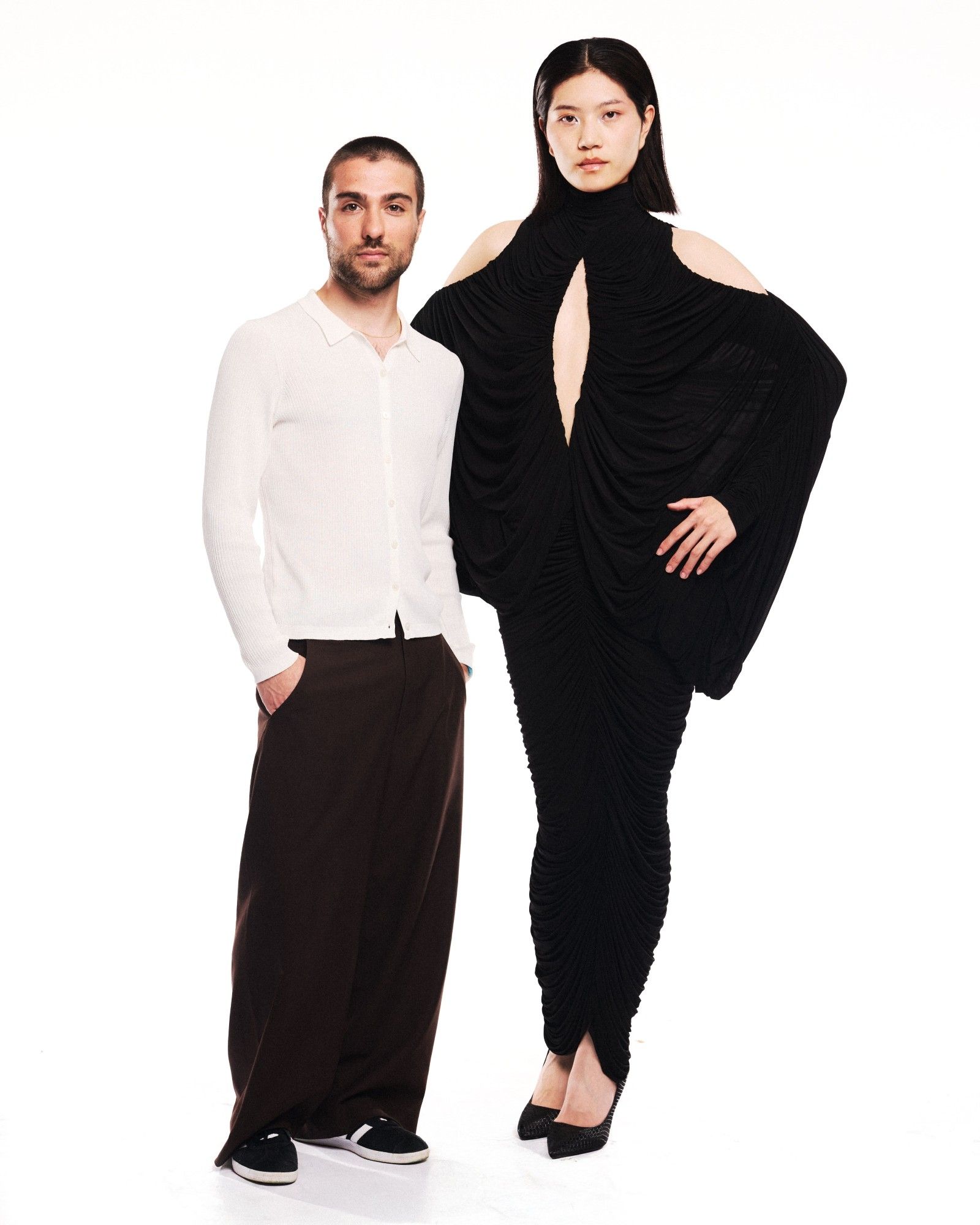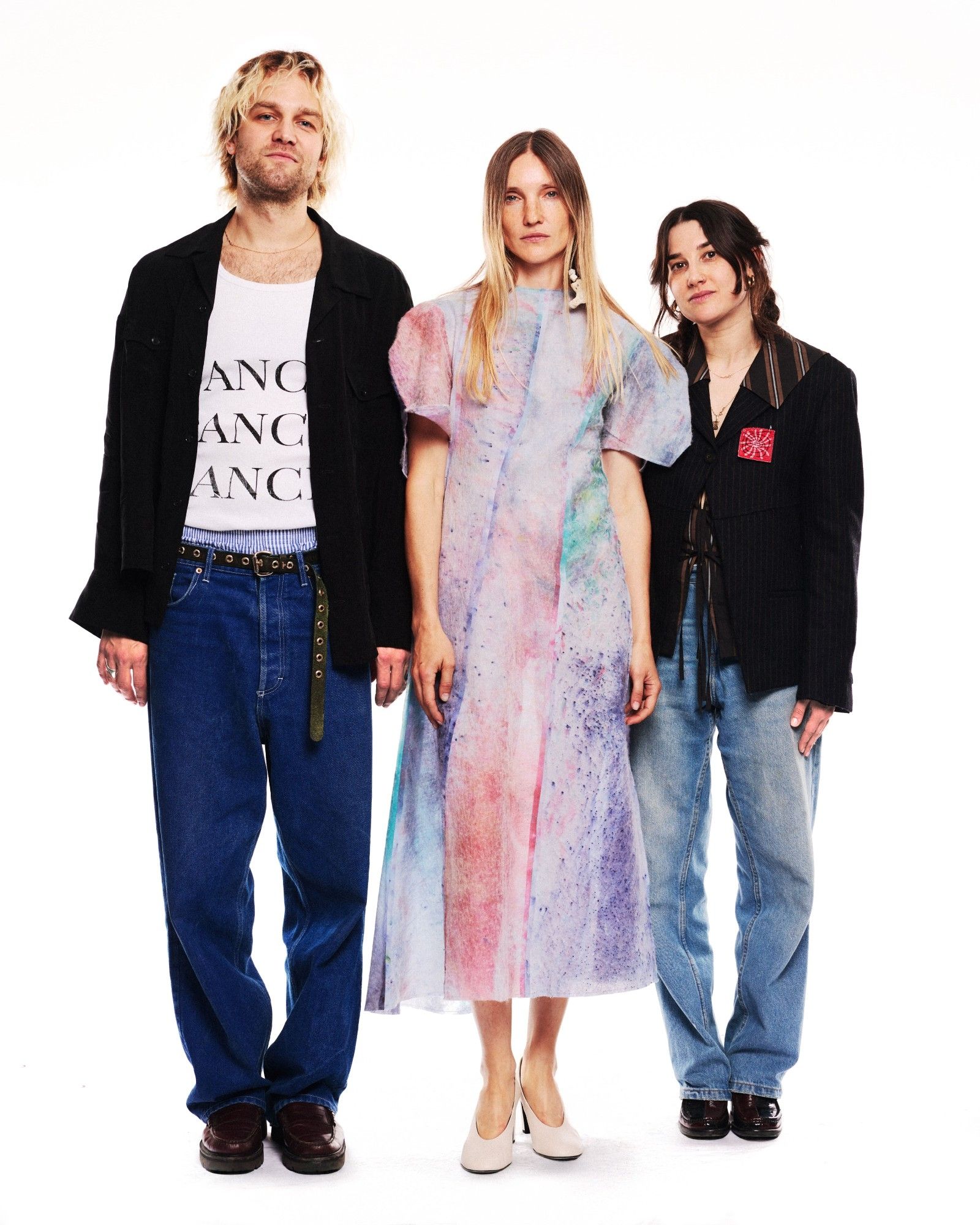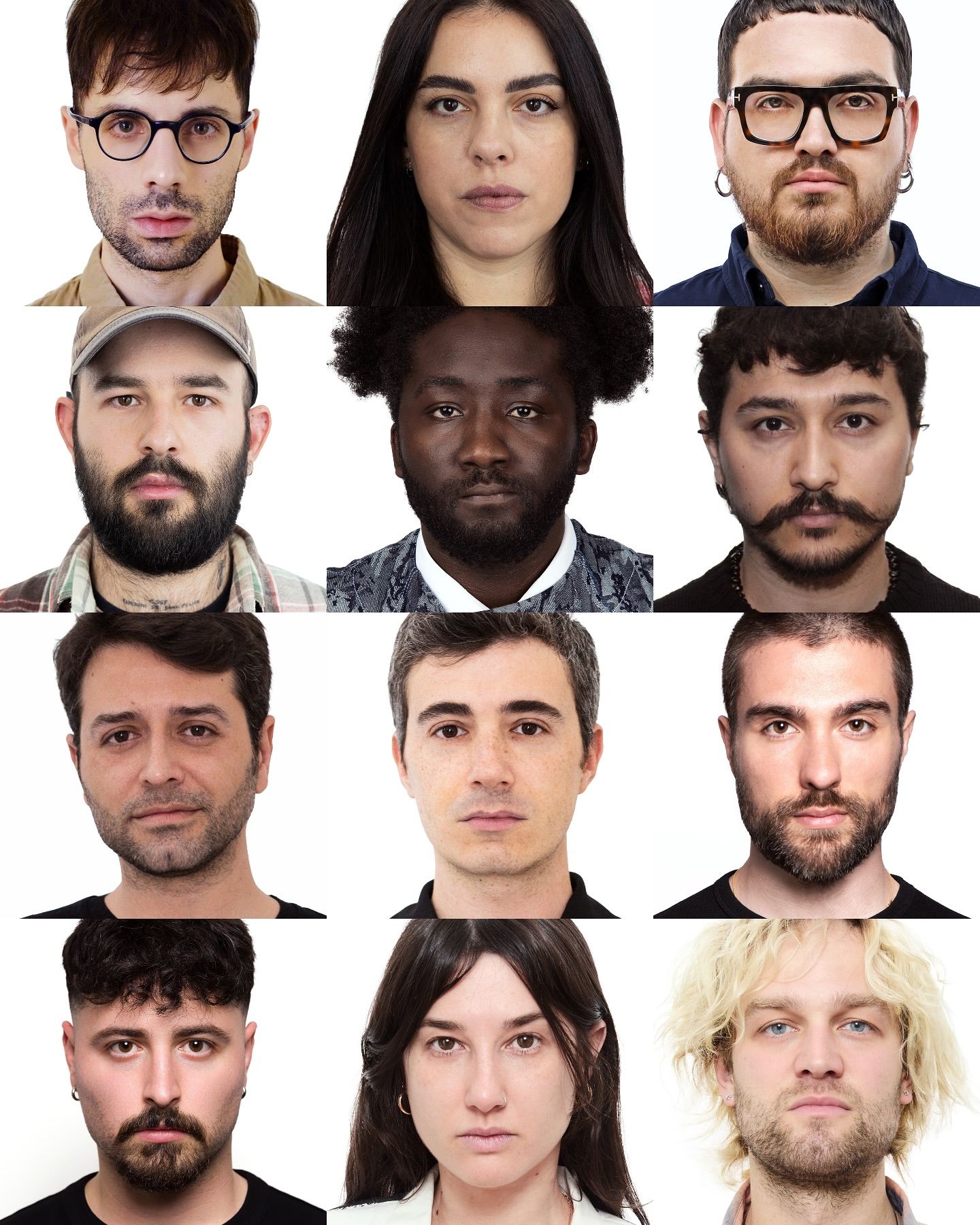
The state of fashion today according to the finalists of Camera Moda Fashion Trust 2025 The new generation of designers talks about what should change in fashion
The fifth edition of the Camera Moda Fashion Trust concluded with an important milestone for the independent Made in Italy scene: four brands — Lessico Familiare, Institution, Francesco Murano, and Moja Rowa — were awarded grants of 50,000 euros each and a strategic mentoring program designed to support their sustainable and creative growth. The final selection, held at Villa Necchi Campiglio on Thursday, May 29, featured ten emerging talents chosen from around 80 applications by a technical jury. We wanted to hear closely their ideas, ambitions, and vision about a fashion world that today is experiencing a moment of strong changes, challenges, and potential. For each finalist, for example, the theme of authenticity was central, expressed in different nuances. Giuseppe Buccinnà, for instance, tells us about his personal struggle to stay true to himself in a sector often dominated by appearances: «I would simply like to be able to be myself. In the fashion world, and more generally in this world of appearances, managing to remain consistent with oneself is a value. It may seem obvious, but for me, it is a concrete medium- and long-term goal». Federico Cina, on the other hand, focuses on how the sector has often lost this contact with reality and ordinary people: «I want to live this profession in a healthier way because today, unfortunately, the fashion world is not always honest. When I founded my brand, I wanted to carry forward an authentic, simple, genuine project. To give value to everyday life, to the provinces, to the countryside—things that fashion has often snubbed. There is a need to break free from fashion that is only glamorous or unreachable and to bring it back to being true, accessible, human».
Yelena Mojarova and Edward Benedikt Sittler, the duo behind Moja Rowa, also share a similar idea of authenticity, linked to their identity and the relationship with those who wear their garments: «The brand is an extension of ourselves, a personal expression. We want to convey a positive, colorful, and sincere message, but also a light one. The greatest satisfaction is seeing our friends wear our clothes and feel good inside what we create. This is fundamental for us: to work on creativity and translate it into a message that can be perceived». Galib Gassanoff of Institution said he does not want to be «the typical designer of today, a social media designer. I feel closer to a “bygone era” design vision, where those who design a garment also know how to make it. It is not enough to put something on paper and then delegate everything else: it is essential to truly know the construction of a garment. Our work is measured by the finished product, not by a sketch. I want to be a designer who not only has a design office but who has a presence, a concrete and tangible vision». Victor Hart also said he wants to be «that kind of designer whose clothes help people discover themselves — who they are, who they want to become, and what they truly represent»; while Martina Boero of Cavia, whose focus is on the craftsmanship of upcycling and the sustainability of her collections, said that besides being sustainable, her collections want to be «real» by also tracing the different materials composing each of these garments. «I want to create clothes that are worn, purchased, and lived in», she said, «otherwise my project remains only an artistic exercise. I do art, yes, but I create clothing collections: my idea is to make garments that last over time and with which an emotional bond can be established».
Saman Loira, on the other hand, who produces couture garments inspired by nature and Naples, working on demand from his own atelier, wishes to remain «not necessarily niche, but definitely very focused on a specific market» in order to continue working on his «tailored, artisanal and conscious approach. True luxury today is awareness», he tells us, «recycling, not waste». For his part, Francesco Murano, in responding to the question, introduced a theme that many others touched upon in different ways when discussing the current state of fashion: «The kind of designer I want to be is definitely a free designer. Free in the deepest sense: the more you grow, the more you are forced to adapt to the dynamics of fashion — not only market ones, but also creative, productive, communicative. I, instead, want to preserve that decision-making and creative power, without being too influenced by these logics. This desire is linked to the current climate of fashion, which is increasingly oriented towards capitalization». This tension between personal creative ambition and a complex, hyper-speculative commercial environment is what emerged from the conversations we had with the various finalists. Many finalists indeed denounced an environment dominated by an excessive chase for profit at the expense of creativity. For Murano, for example, «the real problem of fashion today is the loss of balance between art and market. Profit is sought above all, often at the expense of creativity. In Italy, moreover, strong reference points like those of the past are now missing — authoritative figures representing the sector nationally and internationally. Some markets seem resistant to change, and this is a pity, because Italy, always a leader in fashion and manufacturing, should be the first to value its heritage and give it the right importance. Instead, sometimes it is we who fail to recognize our own value».
Federico Cina has a similar and precise view on the issue of prices and distrust in the system: «Today the public perceives the sector as something distant, not very credible. Brands have raised prices disproportionately, often without a real reason, generating a sense of distrust. Fashion used to be a dream. Buying a garment meant purchasing a piece of history, something with true value, a meaning. Now value is attributed only to inaccessibility — but often there is a lack of narrative, a lack of content. And this, in my opinion, is a big problem.» Martina Boero of Cavia also describes the market as «chaotic», but sees a path for young designers: «In times of instability, big brands tend to play it safe, offering more basic collections. Conversely, the market — especially the Asian one — seeks niche brands with strong personalities, to mix with other styles. And I think that creating garments with a true identity is the right way to make something significant happen in the future». For Riccardo Scaburri of Lessico Familiare there is optimism: «We are in an interesting period, even if perhaps more from a negative point of view. It is a moment of transition, maybe a low point… but precisely for this it can be the beginning of a rebirth». More eloquent was instead Victor Hart, for whom fashion today is «short-sighted» because «too often the artisanal component is neglected, when it is actually the most essential element of fashion. We young designers, with a new mentality, new tastes, new values, clearly see what is missing: depth. Few brands are really carrying forward a new language, telling stories with their garments. If I were famous and all I do is print an image on a basic t-shirt… is that really creativity? It can sell, but does it have meaning? Fashion gatekeepers must open the doors to new creatives — not to erase the past, but to build on it. We respect it, we value it, but we want to go beyond, develop it, invent a new language. This, in my opinion, is what fashion lacks today».
This opinion is echoed also by Galib Gassanoff of Institution, who sees the current state of fashion as «a bit tragic. But even in the ’60s or ’90s there were people saying that. The truth is that fashion changes every day. What we can do is face it with more awareness, and authentically. We need to slow down. Enough with excess, with the constant rush. We need more truth, more substance, less speed.» Domenico Orefice instead believes there is «a real need for contemporary brands, like those carried forward by us young people, capable of bringing freshness and novelty to this environment. There is a need for more space. We need safe places where we can exist, express ourselves, but also spaces that allow us to make mistakes, to understand what our real path is». Finally, the duo of Moja Rowa admits that «it’s no secret that this is a difficult moment. People are tired, and have every right to be. It is right that consumers ask questions. Awareness is growing. People want to know how things are made, where they come from. There is a need for more transparency, because today there is really little clarity. Even for us, who try to be sustainable and transparent, it’s not easy. Making a truly made in Italy product, with good materials and ethical processes, has costs. Even if our prices are among the lowest on the market, producing a shirt can take ten hours of work. But that garment lasts over time, and you know it is not the result of someone’s exploitation. This is a kind of responsibility that everyone — big brands, institutions, the State — must take on. We need laws, we need concrete changes. Because talking about it is no longer enough: we have been doing it for twenty years.»
For Giuseppe Buccinnà change must be seen as collective: «The current state of fashion is one of great revolution and, consequently, great opportunity. Everything that questions what has been and what is — if grasped and understood in the right way — can become an occasion for future generations. Generations who, I hope and wish, know how to seize this moment as a first step to establish themselves as a movement. Because, ultimately, I don’t believe in the individual: I believe in the system. And the system must start from the bottom». As you can understand, a shared desire emerges from all the finalists: to transform fashion into something more human, accessible, and deeply connected with those who create and wear it. Victor Hart summarizes this need well: «Clothing can change your life, it can help you discover who you are and who you want to become. It’s sad to see that this depth is missing today. Fashion must open up to new identities, tastes, languages.» Fashion according to the finalists of Camera Moda Fashion Trust is therefore a field of great challenges — authenticity, sustainability, craftsmanship, balance between art and market — but also of enormous opportunities, if a system that truly starts from the bottom is valued, with authentic and responsible attention to those who make and wear the garments. These young talents represent hope for a future of Made in Italy fashion that does not give up its values, but knows how to innovate with courage and awareness.


